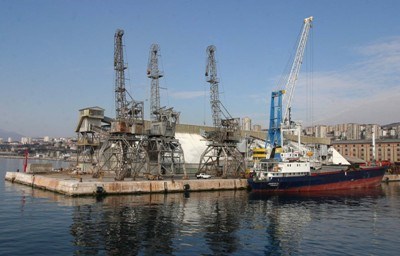


The reconstruction of the Croatian largest seaport of Rijeka, which should be over in 2009, will help this Adriatic port to look more like Barcelona or Baltimore, the World Bank said in a press release on its web site on Friday, recalling that the project was launched in 2003 by the Croatian government in cooperation with this international financial institution.
The project, known as the Rijeka Gateway project, 'will change the face of the city and help increase the competitiveness of the Croatian economy by improving the international traffic sector in Rijeka for cargo and passenger transport, modernizing the connections between the harbor and road networks and revitalizing the harbor business activities through better road and bridge maintenance,' the World Bank said.
'Its new facilities will accommodate cruisers of up to 500 passengers and other passenger ships. The central part of the Rijeka basin will be opened up for commercial use, while local citizens and visitors will be able to access the coastal area, creating an attractive Mediterranean port city,' reads the press release.
The project is worth 266 million US dollars, and the World Bank has ensured 156.5 million dollars through loans for this purpose.
The project is expected to 'create a dominant traffic route in Croatia, connecting seaways with European road and railway corridors. Already, because of established road transport through the corridor V, the port of Rijeka generates around 40% of its cargo traffic with Hungary, Austria, Slovakia and the Czech Republic. Traffic growth should make Rijeka one of the main ports in the Central and Eastern Europe.'
'In the long run, once Croatia is a member of the European Union (EU), the Croatian economy and its transport system will become an integral part of the EU transportation network. The growth of the Rijeka Port will depend on the role and importance of the transit traffic which Croatia will be capable of attracting as a member country,' the press release concludes.(Hina)